Understanding the 3 Vessel Brewing System
When it comes to brewing beer, the equipment you choose can make or break your brewing process. The 3 Vessel Brewing System is a staple in the brewing world, particularly for professional brewers and advanced homebrewers who value efficiency, precision, and scalability. But what makes this system stand out, and why should you consider it for your brewing needs? Let’s dive deep into its intricacies, from the brewing process to selecting the perfect supplier.
Overview of the 3 Vessel Brewing System
The 3 Vessel Brewing System is a professional-grade setup consisting of three distinct components: a mash tun, a lauter tun, and a boil kettle. Each vessel serves a specific purpose, ensuring optimal control over the brewing process. This system allows for simultaneous operations, meaning you can mash, lauter, and boil without waiting for one step to finish before starting the next. It’s a favorite among brewers looking to increase batch consistency and reduce brewing times.
Key Features of the 3 Vessel Brewing System
- Efficiency: Simultaneous processes reduce overall brewing time.
- Scalability: Suitable for small to large-scale operations.
- Control: Separate vessels allow precise temperature and process management.
- Customization: Adaptable to various brewing styles and batch sizes.
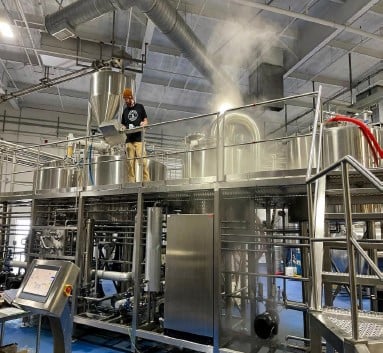
Brewing Process with a 3 Vessel Brewing System
Brewing beer with a 3 Vessel Brewing System follows a structured process, giving you the precision and consistency needed to craft high-quality beer. Here’s how it works:
1. Mashing
The process begins in the mash tun, where malted grains are combined with hot water to extract fermentable sugars. The temperature is carefully controlled, as even minor fluctuations can impact the flavor profile. Think of this as steeping tea; the goal is to extract as much flavor as possible while maintaining the desired characteristics.
2. Lautering
Next, the mash is transferred to the lauter tun. This vessel is equipped with a false bottom or perforated plate to separate the liquid wort from the spent grain. It’s like filtering coffee—you want the clear, flavorful liquid without the solids.
3. Boiling
Finally, the wort moves to the boil kettle, where it’s boiled to sterilize the liquid and enhance its flavor through hop additions. This step is crucial for balancing sweetness with bitterness and infusing aromatic qualities.
4. Cooling and Fermentation
While not part of the three main vessels, cooling the wort and transferring it to a fermenter are vital steps that follow. Rapid cooling ensures clarity and prevents contamination, setting the stage for yeast to do its magic.
Troubleshooting Common Issues with Beer Fermenters
Even with the most advanced brewing systems, challenges can arise. Here are some common issues and solutions to keep your fermenters running smoothly:
Problem 1: Contamination
Contamination can ruin an entire batch. This usually stems from improper cleaning or insufficient sanitization.
- Solution: Implement a strict cleaning regimen using brewery-grade sanitizers. Inspect gaskets, valves, and seals for hidden residue.
Problem 2: Inconsistent Temperatures
Fermentation temperatures directly affect yeast performance.
- Solution: Use temperature-controlled fermenters or external cooling/heating systems. Monitor temperatures regularly.
Problem 3: Clogged Valves
Grain particles or hop debris can clog valves, disrupting transfers.
- Solution: Use filters or strainers during transfers and clean valves after every batch.
Detailed Specifications: Capacity, Spaces, Design, Layout, Customization
| Feature | Details |
|---|---|
| Capacity | Available in 1-barrel to 50-barrel sizes, catering to hobbyists and pros. |
| Spaces | Compact designs for small breweries; large setups for industrial spaces. |
| Design | Stainless steel construction ensures durability and ease of cleaning. |
| Layout | Horizontal or vertical layouts based on space availability. |
| Customization | Options for automated controls, integrated CIP systems, and more. |
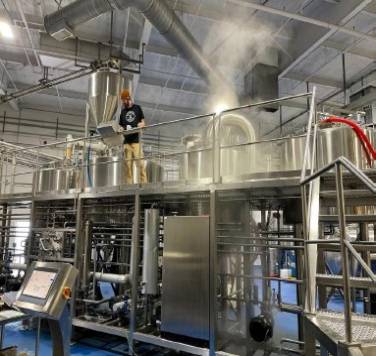
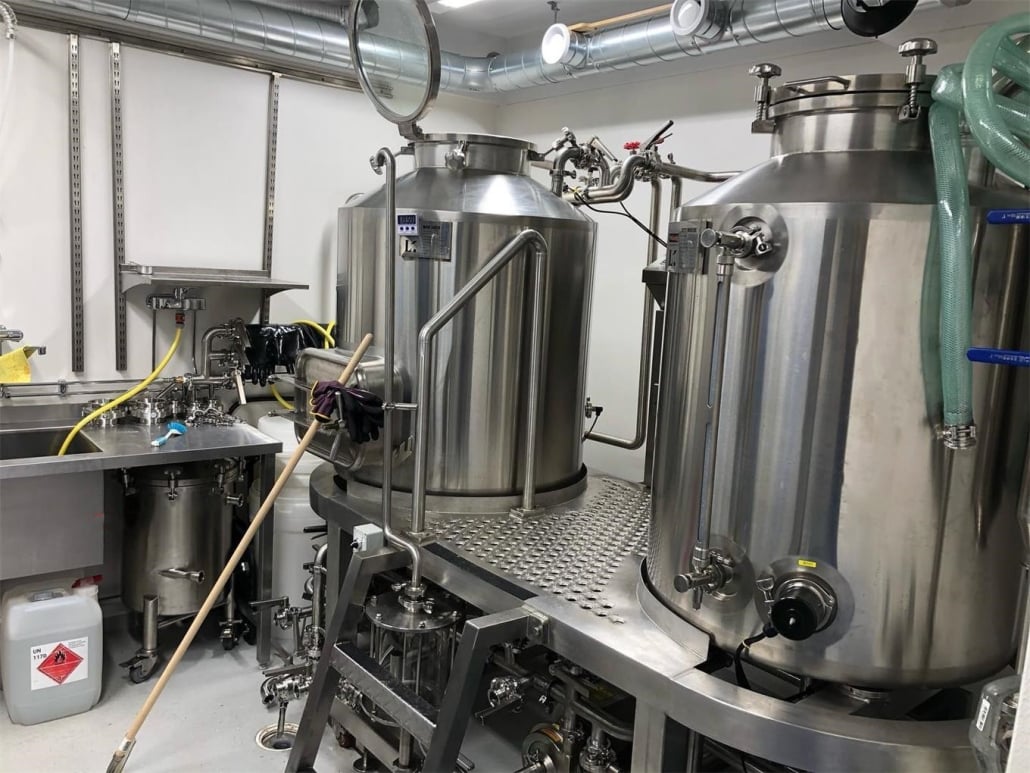
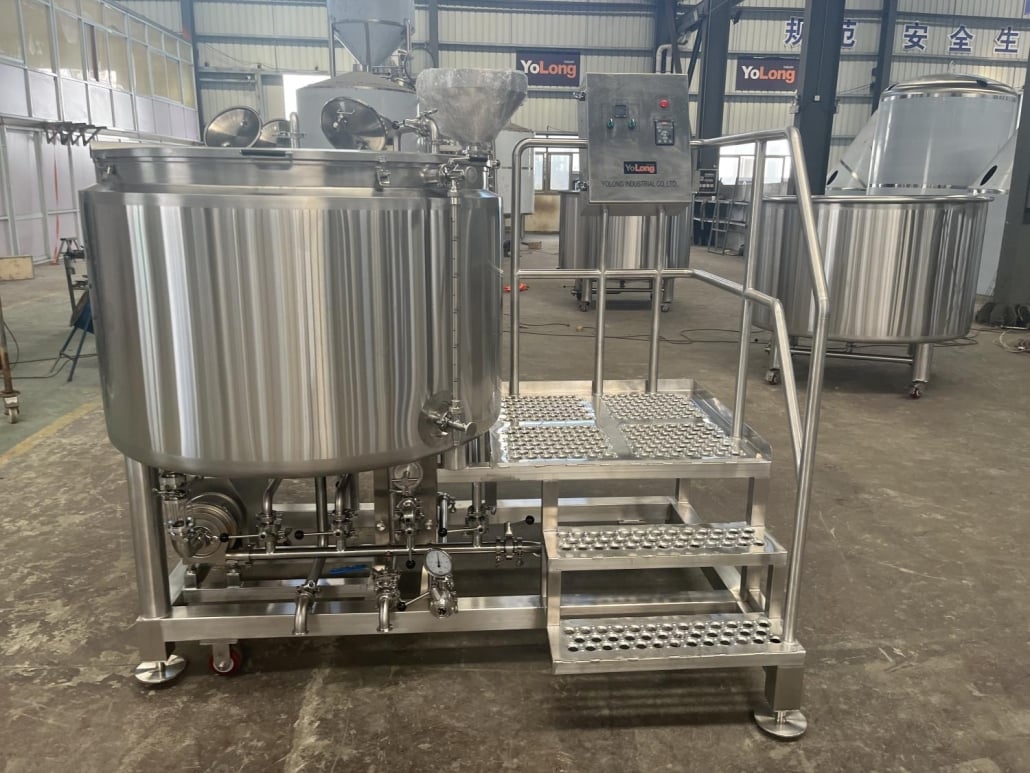

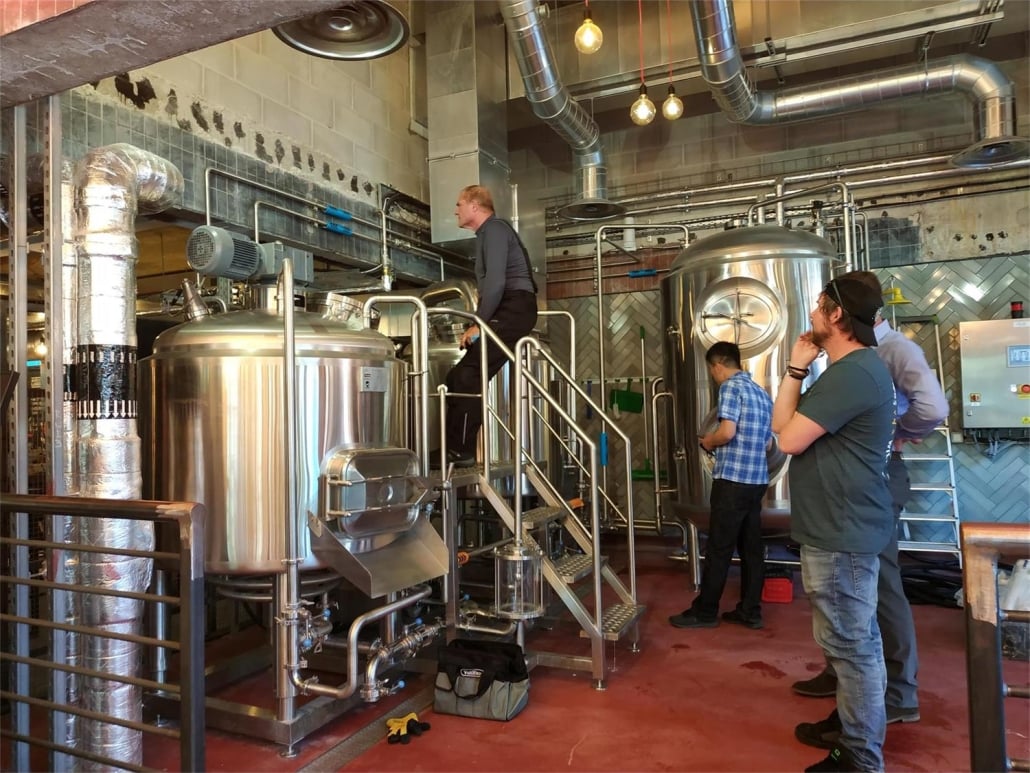
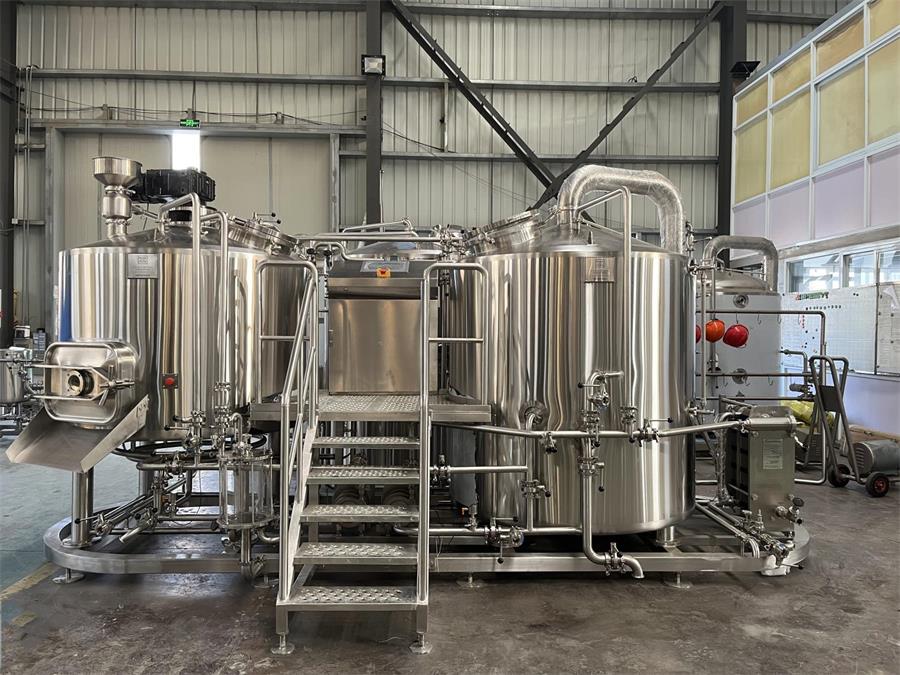
Suppliers and Price Ranges
| Supplier | Price Range | Features |
|---|---|---|
| ABC Brew Systems | $10,000 – $50,000 | Customizable, automated options. |
| CraftPro Equipment | $15,000 – $60,000 | High-quality stainless steel systems. |
| BrewTech Solutions | $12,000 – $45,000 | Compact and scalable solutions. |
| PremiumBrew Co. | $20,000 – $70,000 | Advanced temperature control systems. |
Installation, Operation, and Maintenance
| Aspect | Details |
|---|---|
| Installation | Requires professional setup; includes plumbing and electrical connections. |
| Operation | User-friendly interfaces and automated options available for efficiency. |
| Maintenance | Regular cleaning of vessels, valves, and pumps ensures longevity. |
How to Choose the Right Supplier
When selecting a supplier for your 3 Vessel Brewing System, consider these factors:
- Reputation: Look for suppliers with positive reviews and a proven track record.
- Customization Options: Ensure the system meets your specific brewing needs.
- Technical Support: Reliable after-sales support can save you headaches down the line.
- Budget: Balance affordability with quality—a cheap system can cost more in repairs.
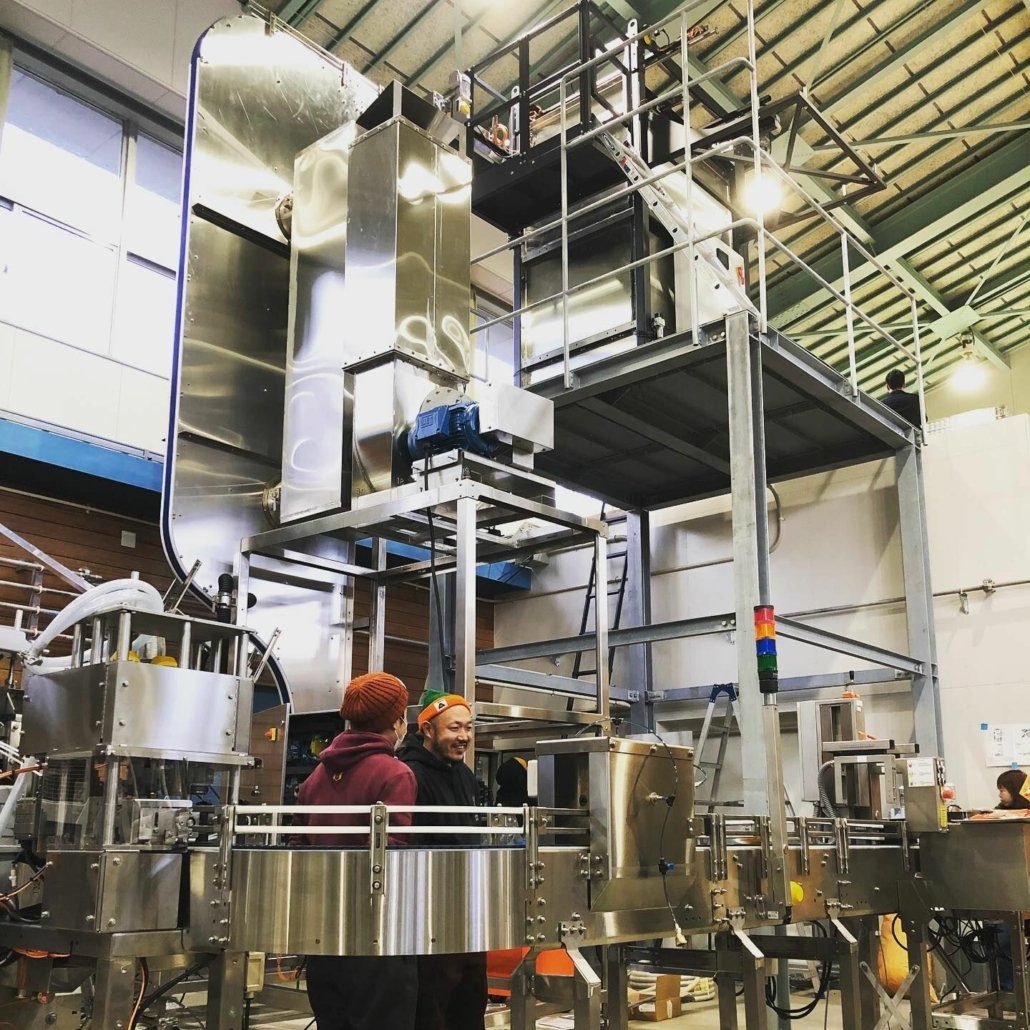
Comparing Pros and Cons of 3 Vessel Brewing System
| Aspect | Advantages | Limitations |
|---|---|---|
| Efficiency | Faster brewing times due to simultaneous processes. | Higher initial investment required. |
| Control | Precise management of each step. | Steeper learning curve for beginners. |
| Scalability | Suitable for expanding operations. | Occupies more space than single-vessel setups. |
FAQ
| Question | Answer |
|---|---|
| What is a 3 Vessel Brewing System? | A brewing setup with separate mash tun, lauter tun, and boil kettle. |
| Why choose a 3 Vessel Brewing System? | For its efficiency, precision, and scalability. |
| How much space does it require? | Varies, but compact designs are available for smaller spaces. |
| Can I customize the system? | Yes, most suppliers offer extensive customization options. |
| Is it suitable for beginners? | It’s ideal for experienced brewers but can be learned with practice. |




